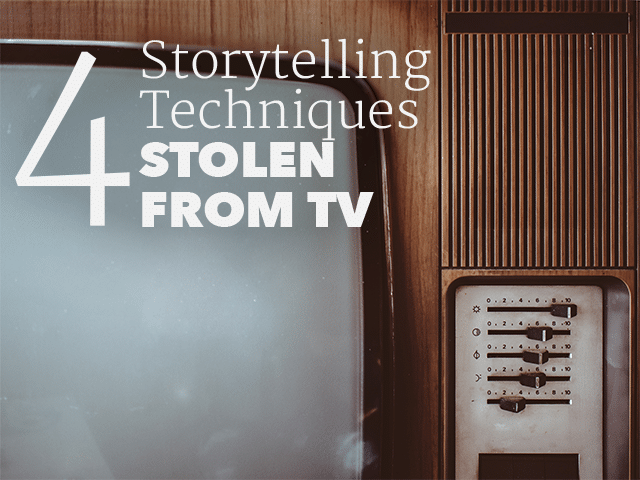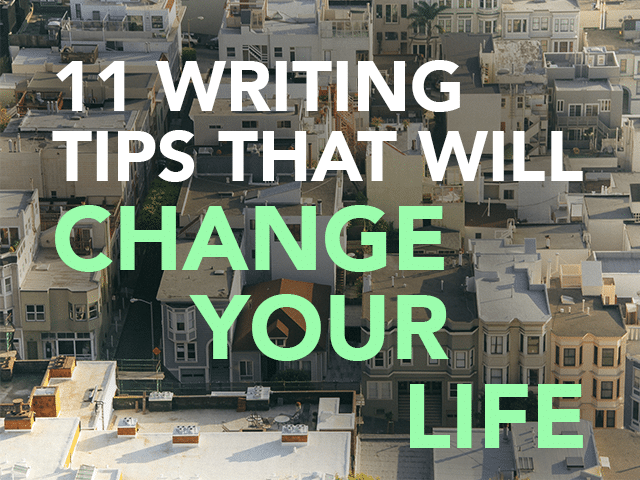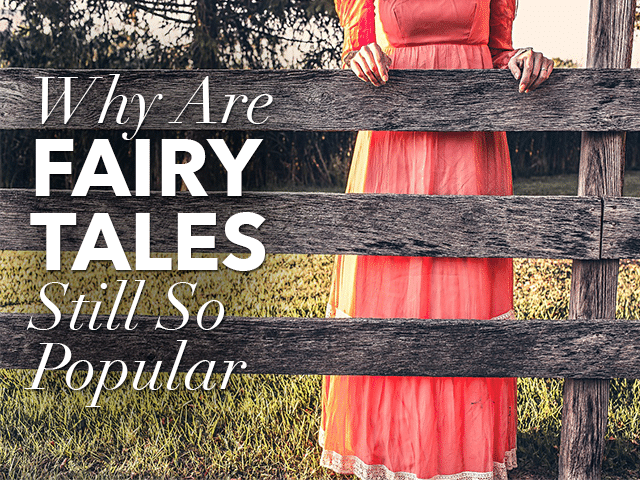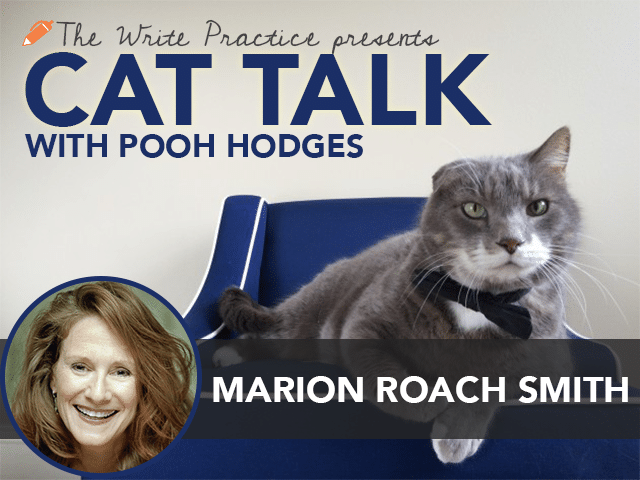
by Guest Blogger |
I’ve discovered that no matter what so-called good writers say, if you want to write a good and commercial novel, there’s nothing more important than structure.
Here are four more crucial storytelling techniques I’ve learned from the fast and formulaic world of television.

by Guest Blogger |
Why are we here? I mean, have you really ever thought about it? Not in a passing way, like what you are going to get at the grocery store tonight, but in a deep earth-shattering way?
I have been thinking about it and I have this feeling that we aren’t hapless creations put on the earth to eat, talk, and die. I feel like we were put here for a purpose, to make it better. We are here to change the world.

by Guest Blogger |
There seems to be two different camps regarding the writing process. One adheres to a strict regime of rules to achieve success: you must write everyday, you must show your work to others, you must produce X amount of pages in X amount of time. The other camp seems to believe in no rules: do whatever you want, whenever you want.

by Emily Wenstrom |
Disney released its new live re-telling of its classic fairy tale Cinderella last week to mostly good reviews and high enthusiasm.
This, after we’ve already consumed almost the exact same story in cartoon form for years, read the fairy tale itself, and consumed countless remixes of it, from Ever After to Confessions of an Ugly Stepsister to Pretty Woman to Into the Woods to… you get the point.
And Cinderella is hardly the only tale with this power. Consider how many different ways stories like The Wizard of Oz, Snow White, Romeo and Juliet, even Batman have been reinvented over the years.
But why do readers do this? Why do some stories keep readers coming back again and again? How do fairy tales stay popular for so long?





